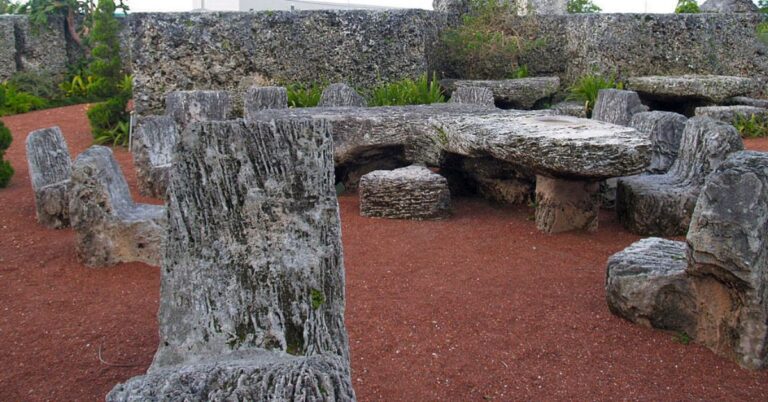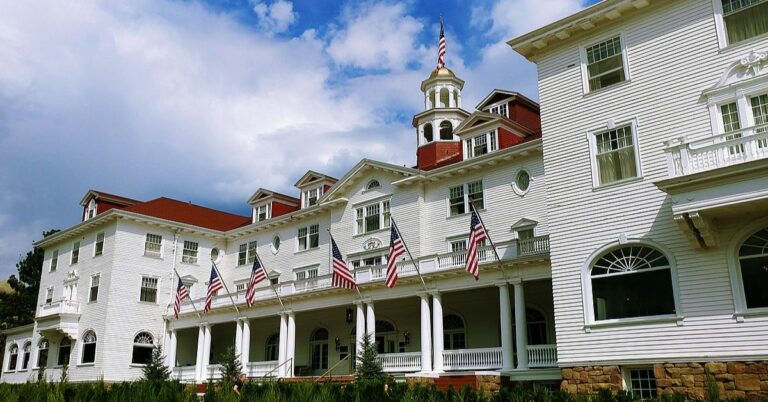25 Beautiful Castles You Can Visit In Europe
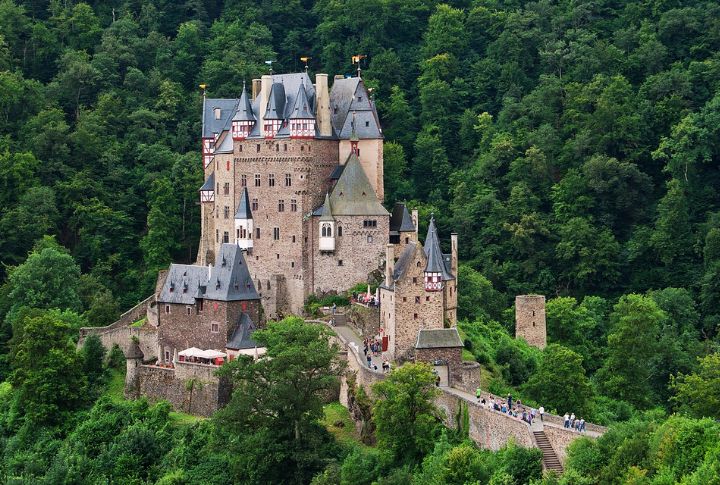
When you see castles in Hogwarts, you can’t help but dream of exploring their ancient halls and hidden chambers. Now, imagine stepping into real-life castles that are just as magical. So, let’s take a look at 25 castles in Europe that will make you feel like you’ve stepped right into a fairytale. Also, always check official websites for tours, bookings, and seasonal details to plan your fairytale adventure.
Neuschwanstein Castle (Germany)

Neuschwanstein Castle’s otherworldly appearance has captured imaginations for centuries. Perched on a cliff in Bavaria, this 19th-century creation was inspired by King Ludwig II’s love for Wagner’s operas. Moreover, this castle was the inspiration for Disney’s Sleeping Beauty Castle
Hohenwerfen Castle (Austria)

Dating back to the 11th century, Hohenwerfen Castle was originally built by Archbishop Gebhard of Salzburg as a strategic fortress in the Salzach Valley. Used as a filming location for the 1968 classic “Where Eagles Dare,” Hohenwerfen offers a unique blend of history, nature, and cinematic appeal.
Edinburgh Castle (Scotland)
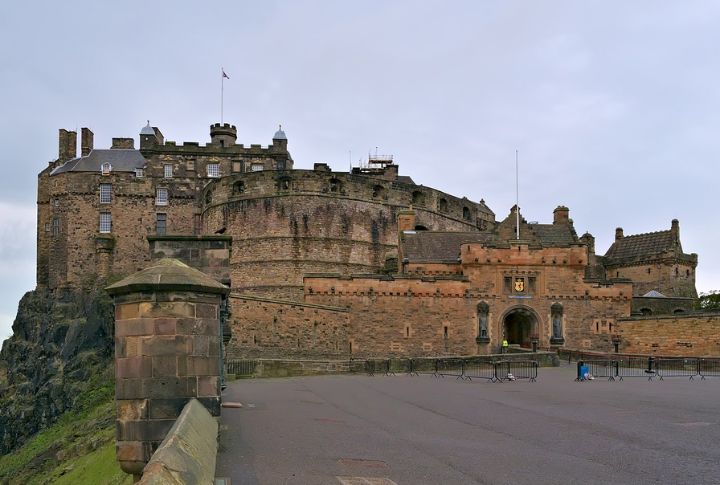
Edinburgh Castle dominates the skyline from its Castle Rock, a volcanic plug formed 350 million years ago. Plus, archaeological evidence suggests human occupation of the site since the Iron Age. The castle is also home to the famous One O’Clock Gun and serves as a cultural icon of Scotland.
Prague Castle (Czech Republic)
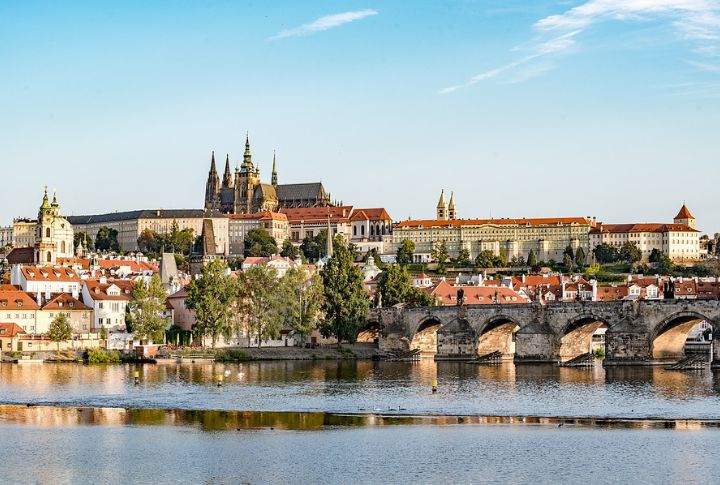
A Guinness World Record holder, Prague Castle serves as the largest castle complex in the world, sprawling across 70,000 square meters. Founded in the 9th century, it has been the seat of Czech kings, Holy Roman emperors, and presidents alike.
Blarney Castle (Ireland)

Originally built in 1210 and later rebuilt in 1446 by Dermot McCarthy, King of Munster, Blarney Castle is famous for one very specific reason—the Blarney Stone. Legend says kissing the stone grants the gift of eloquence, drawing visitors from around the world.
Alhambra Palace (Spain)

Alhambra is a masterpiece of Moorish architecture. Constructed in the 13th and 14th centuries, its stucco walls reflect Islamic art at its peak. Lastly, after the Reconquista, it became the royal court of Ferdinand and Isabella—where Christopher Columbus received support for his voyage.
Burg Eltz (Germany)
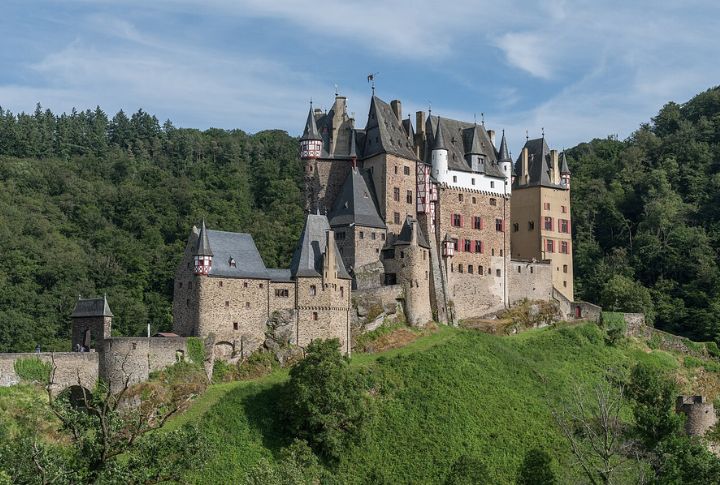
Burg Eltz is a medieval treasure that has never been destroyed and has remained in the same family for over 850 years. Unlike many castles, it avoided war damage due to strategic diplomacy and clever alliances, offering an authentic glimpse into feudal life and noble lineage.
Cesky Krumlov Castle (Czech Republic)
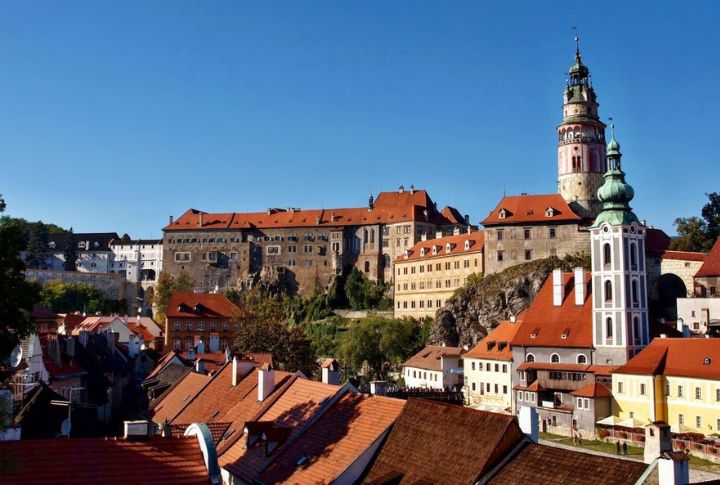
Overlooking the Vltava River, Cesky Krumlov Castle dates back to 1240 and covers the skyline of the historic town it shares its name with. Designated a UNESCO World Heritage Site, this one is a centerpiece of South Bohemian culture.
Pena Palace (Portugal)

Pena Palace is a technicolor dream of Romanticism, completed in 1854 for King Ferdinand II. Its vivid red and yellow facades and whimsical domes blend architectural styles from Gothic to Manueline to Moorish. The surrounding Pena Park even features exotic trees that echo the palace’s fantastical style.
Palace of Versailles (France)
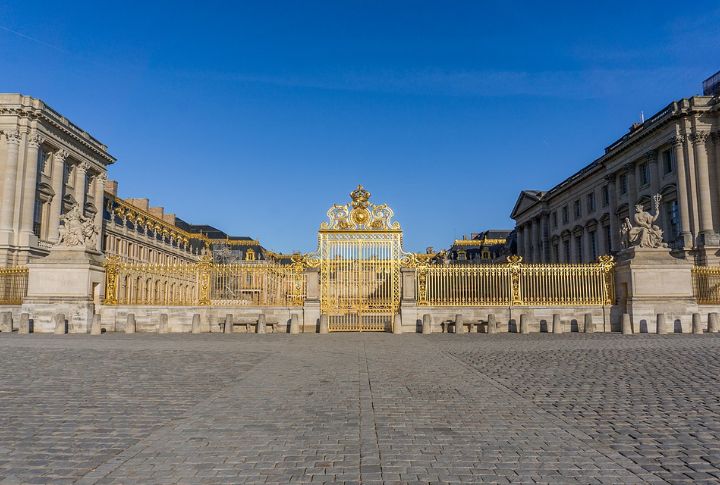
Originally a modest hunting lodge, the Palace of Versailles was converted by Louis XIV in the 17th century into the most extravagant royal residence in Europe. Interestingly, its 2,300 rooms include the iconic Hall of Mirrors, where the famous Treaty of Versailles was signed.
Buda Castle (Hungary)
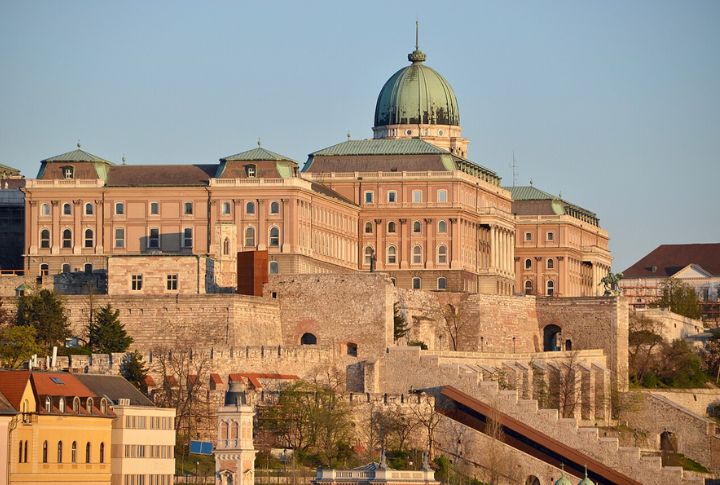
This one on the list has guarded Budapest for over 750 years. It was expanded and rebuilt many times, especially under King Matthias Corvinus and during the Habsburg reign. Offering panoramic views and deep-rooted history, Buda Castle brings national pride to Hungary’s capital.
Bran Castle (Romania)
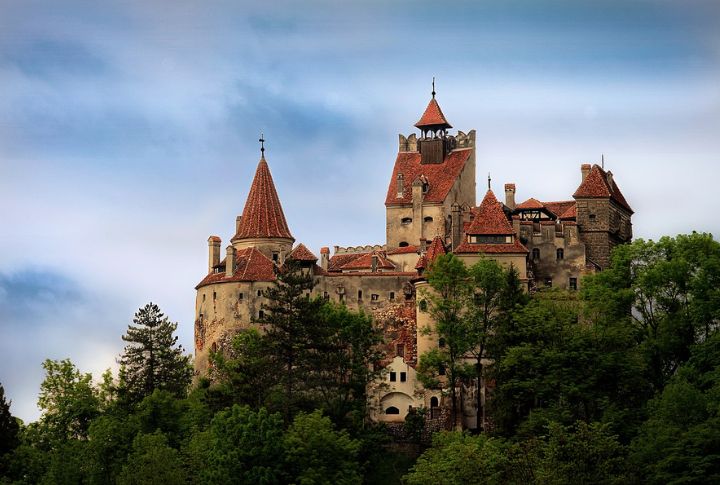
Often called “Dracula’s Castle,” Bran Castle clings to the cliffs of Transylvania. While it has no proven ties to Vlad the Impaler, the 14th-century fortress fits Bram Stoker’s description eerily well. Also, historically, it guarded a mountain pass and served as a royal residence, most notably for Queen Marie of Romania.
Dunrobin Castle (Scotland)
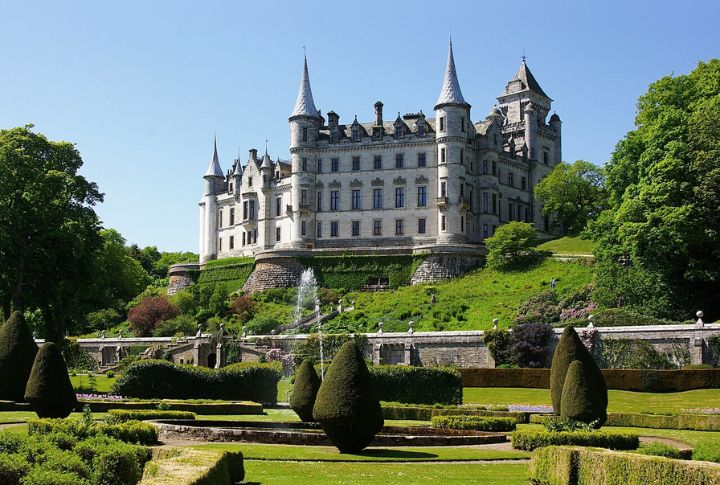
Dunrobin Castle looks more like a chateau than a Highland fortress. It features over 189 rooms—many still furnished in Victorian style—and an on-site falconry show. Dunrobin’s museum also houses ancient Pictish stones and hunting trophies.
Schonbrunn Palace (Austria)
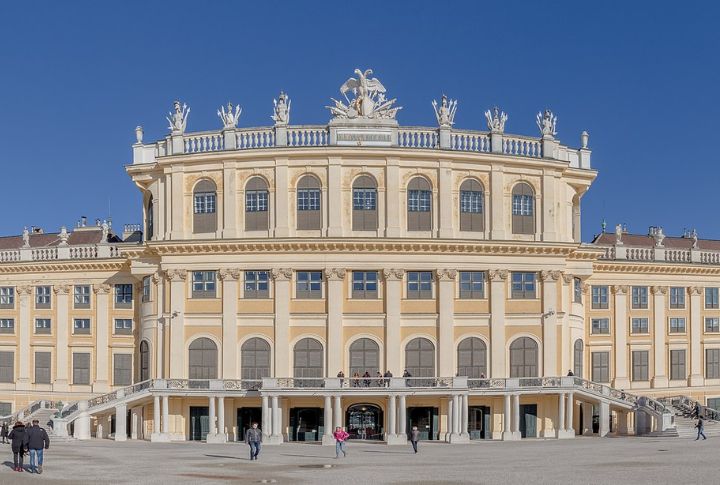
A symbol of imperial Austria, Schonbrunn Palace was the summer residence of Austrian emperors for over 300 years. Completed in the 18th century, it features 1,441 rooms in Baroque style, with richly decorated state apartments and frescoed ceilings.
Windsor Castle (England)
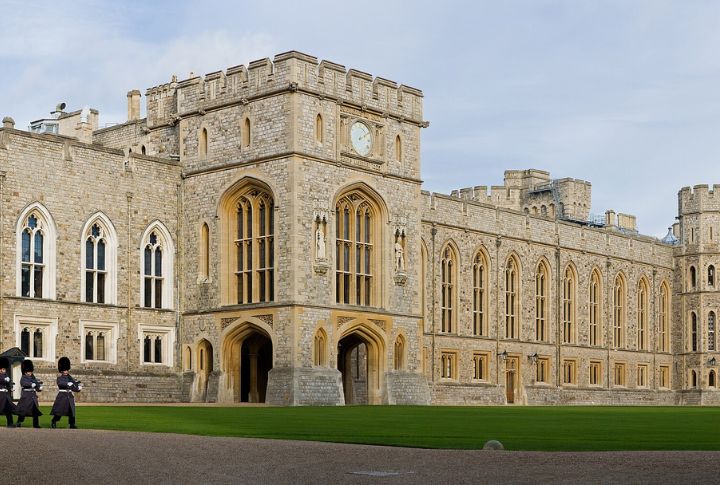
Windsor Castle acts as the oldest and largest inhabited castle and has served as a royal residence for over 900 years. Founded by William the Conqueror somewhere in the 11th century, it has been home to 40 monarchs, including the late Queen Elizabeth II.
Miramare Castle (Italy)

Overlooking the Gulf of Trieste, Miramare Castle was built during the 19th century for Archduke Ferdinand Maximilian and his wife, Charlotte of Belgium. Though Maximilian’s fate in Mexico ended tragically, Miramare remains a serene and elegant retreat by the Adriatic.
Castel Del Monte (Italy)
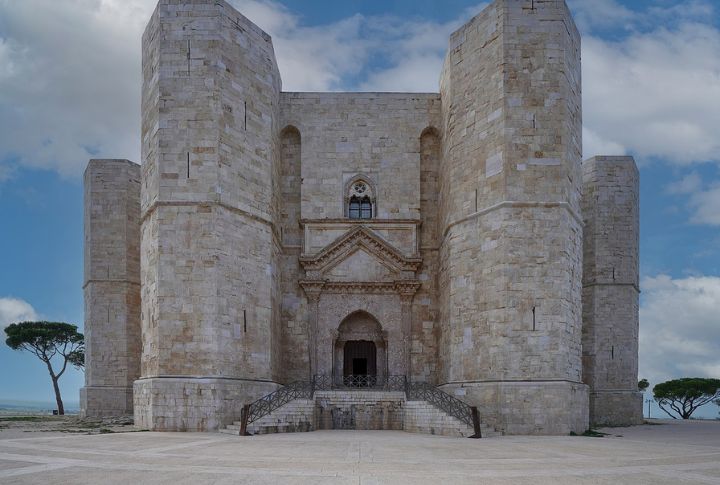
Castel del Monte stands alone as a geometric marvel of medieval architecture. Located in Apulia, its unique octagonal design, with eight towers and eight walls, has sparked endless speculation—was it a fortress, a hunting lodge, or a philosophical statement in stone?
Mont Saint-Michel (France)
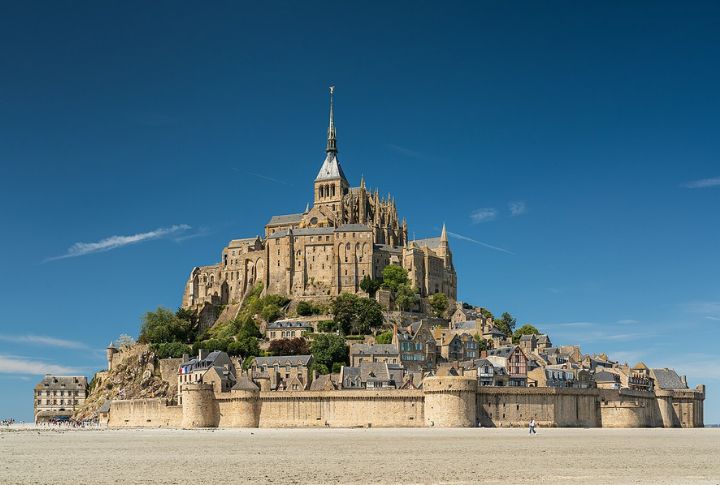
This one looks like it was conjured from a fantasy novel. Founded in the 8th century as a monastery, it later served as a fortress and prison. Today, it’s a UNESCO World Heritage Site and one of France’s most iconic landmarks.
Eilean Donan Castle (Scotland)
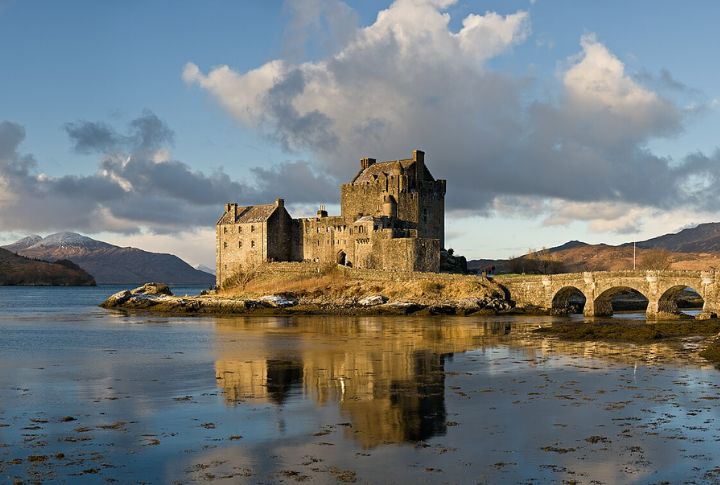
First built in the 13th century to defend against Viking raids, this castle was destroyed during the Jacobite uprising and painstakingly rebuilt in the 20th century. With its cinematic history—including appearances in “Highlander” and “James Bond”—it’s one of Scotland’s most photographed castles.
Chateau de Chambord (France)
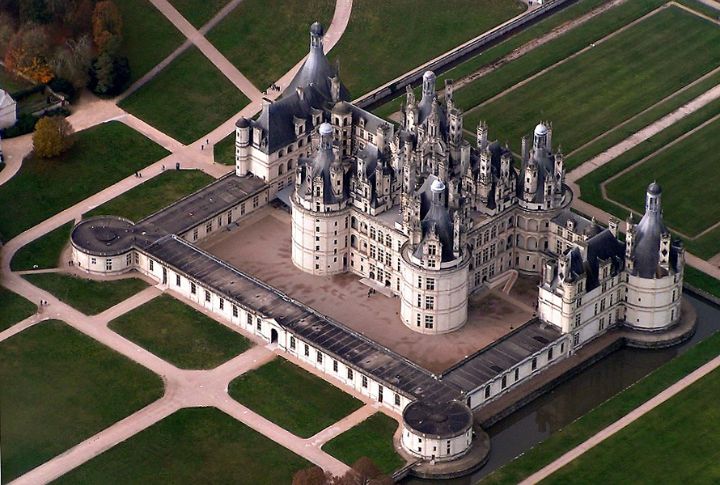
This French Renaissance masterpiece looks like it was built for wizards who duel in style. With 440 rooms, a staircase possibly designed by Leonardo da Vinci, and wild deer roaming the estate, Chambord feels like a castle and a forested dream rolled into one.
Peles Castle (Romania)

Unlike most medieval castles, Peles was designed as a modern royal residence. Its ornate woodwork, Moorish and Florentine rooms, and armory of 4,000 weapons reflect eclectic taste and unmatched craftsmanship. Though newer than most castles on this list, Peles impresses with its innovation.
Bled Castle (Slovenia)
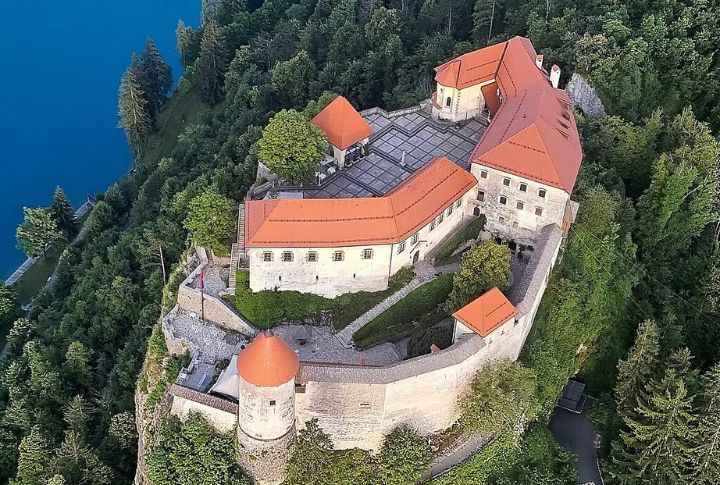
Perched dramatically on a cliff 130 meters above Lake Bled, this thousand-year-old fortress is Slovenia’s oldest castle. Inside, you’ll find a museum tracing Bled’s history, a working medieval printing press, and a wine cellar where visitors can bottle their own wine.
The Royal Palace of Madrid (Spain)
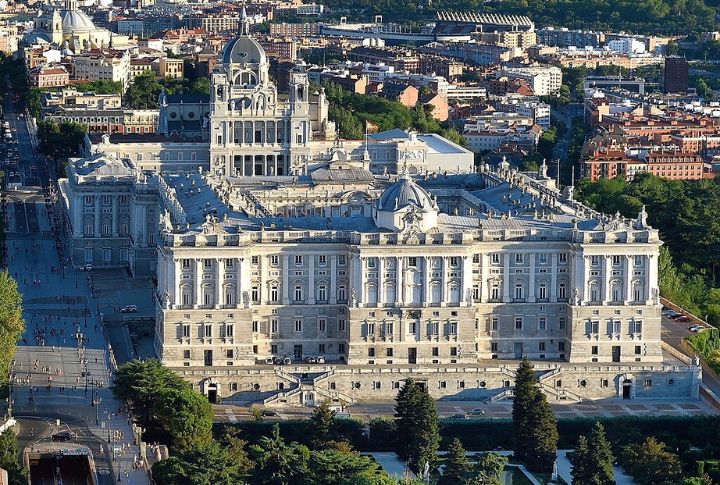
This one on the list is a symbol of Spain’s royal heritage and offers a glimpse into the lives of Spanish monarchs. With its grand architecture and lavish rooms, it’s a must-see for people interested in Spanish history. Plus, its expansive gardens provide a serene escape from the bustle of the city.
Conwy Castle (North Wales)
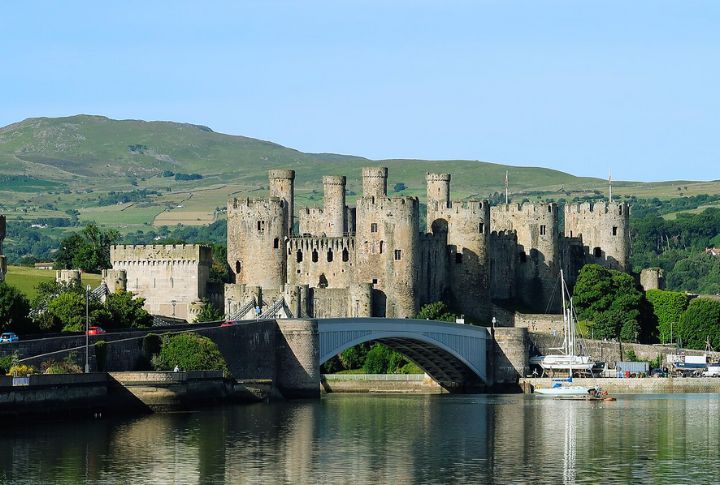
Built by Edward I somewhere between 1283 and 1287 during his conquest of Wales, Conwy Castle is one of the finest surviving medieval fortresses in Europe. Hence, the castle forms part of a larger UNESCO World Heritage Site, including the surrounding fortified town walls.
Bojnice Castle (Slovakia)
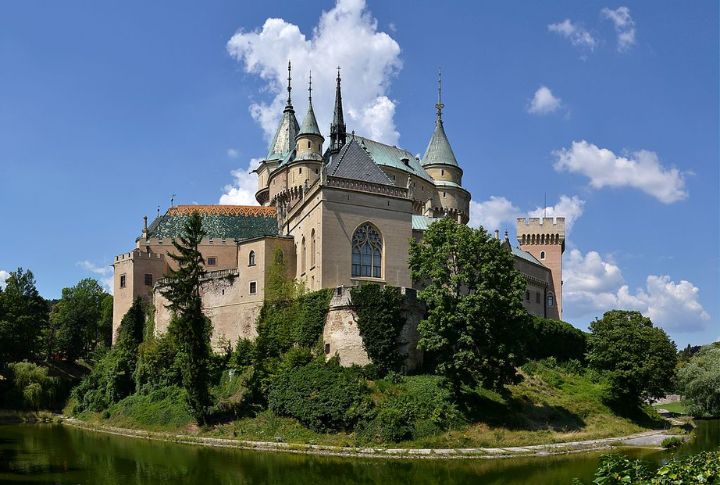
With its pointed towers and pale stone walls, this Neo-Gothic marvel looks like it was drawn straight from a storybook. Originally constructed as an all-wood fort in the 12th century, Bojnice Castle was later converted into a stone Gothic fortress and then again into a Renaissance palace.





